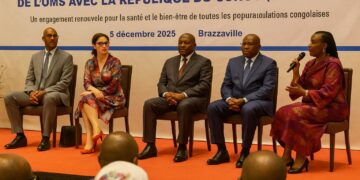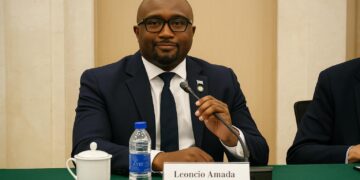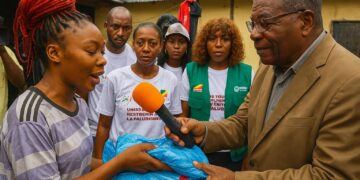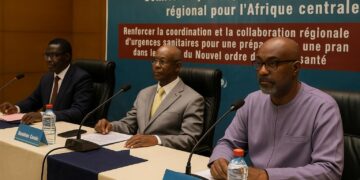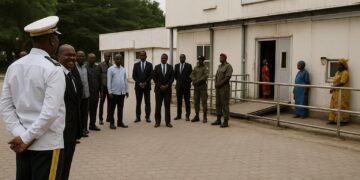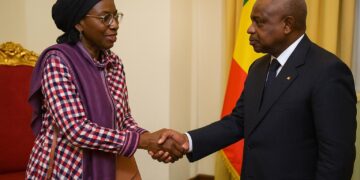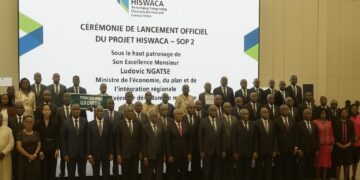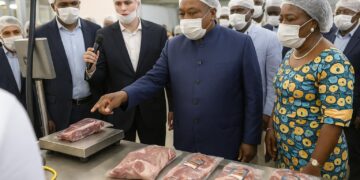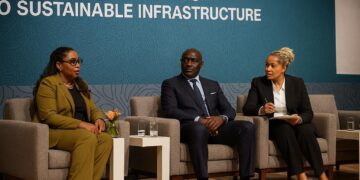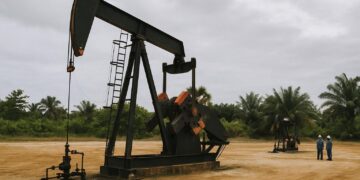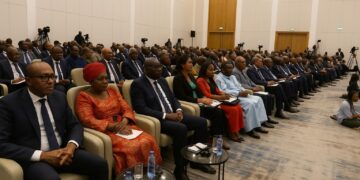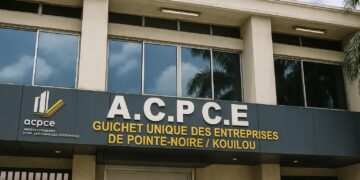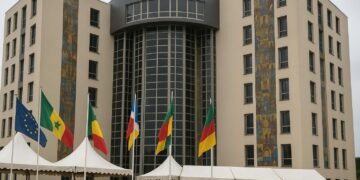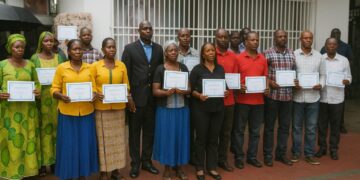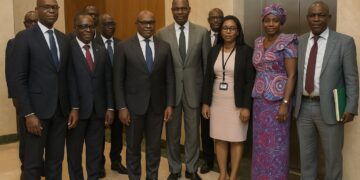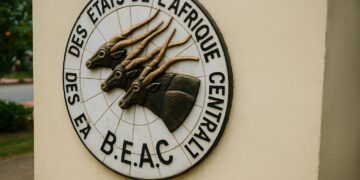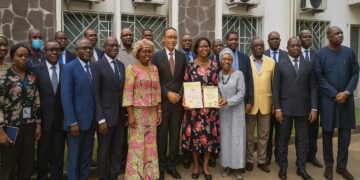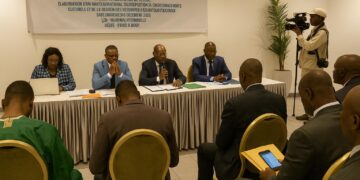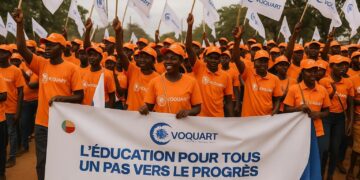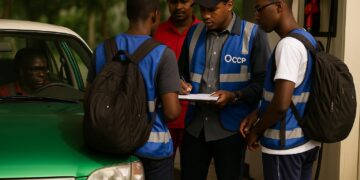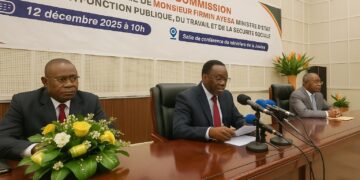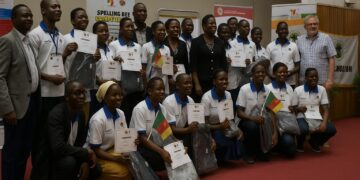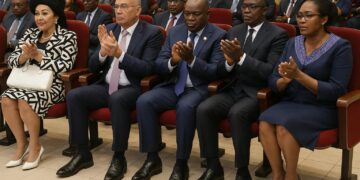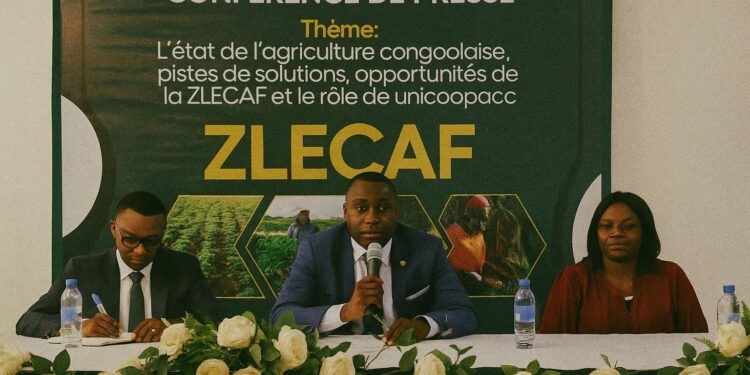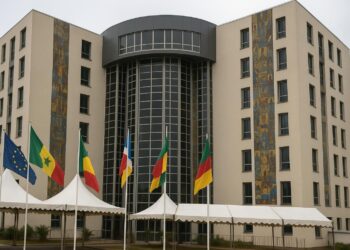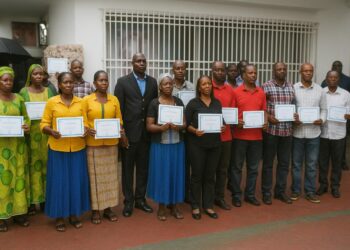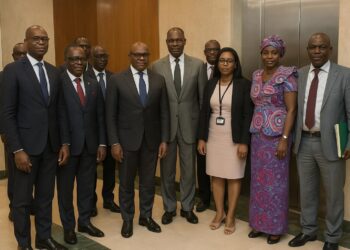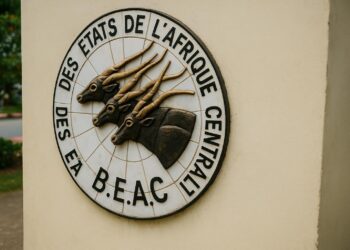A Syndical Catalyst with Continental Ambitions
By formally launching in June 2025, the Union Congolaise des Coopératives, Producteurs et Artisans du Congo (UNICOOPAC) entered a crowded yet fragmented agricultural landscape. Led by the engineer-turned-advocate Aser Sidney N’se Adzeney, the organisation immediately framed its mission around the African Continental Free Trade Area (AfCFTA), a market of roughly 1.3 billion consumers whose tariff liberalisation is gradually taking effect (UNCTAD 2024). In his inaugural press briefing at Talangaï, the president insisted that agriculture is not a peripheral sector but the bedrock of national sovereignty, echoing President Denis Sassou Nguesso’s own formulation that “a nation which does not produce is not free.”
The Paradox of Abundance and Dependency
The Republic of Congo enjoys more than ten million hectares of arable soil, two lengthy rainy seasons and extensive river networks. Yet the country still imports nearly 70 percent of its staple foods, according to the Food and Agriculture Organization’s 2023 profile. The African Development Bank’s latest Country Diagnostic likewise stresses that under-capitalised rural infrastructure, gaps in extension services and limited access to affordable credit continue to stifle yields. UNICOOPAC’s leadership argues that resolving this paradox requires bundling atomised smallholders into a scale-efficient bloc that can negotiate inputs, training and markets with public authorities and private financiers alike.
Training before Tilling: Knowledge as the First Fertiliser
UNICOOPAC’s first operational pillar is human capital. The union plans a curriculum of good agricultural practices, post-harvest handling and financial literacy, drawing on technical modules prepared with the National School of Agronomy and Rural Engineering. Such an approach mirrors recommendations from the Economic Commission for Africa, which found that each dollar invested in farmer training across Central Africa yields an estimated three-dollar increase in on-farm income. By prioritising pedagogy, the cooperative signals that productivity gains will stem not only from machinery but also from managerial acumen in the fields.
Mechanisation Hubs: From Pilot to Policy
The second pillar, mechanisation, responds to the chronic scarcity of tractors—fewer than two units per 10 000 hectares, FAO data show. UNICOOPAC proposes to negotiate public-private operating leases for pooled equipment, allowing growers to rent tractors, harvesters or threshers by the hour. Government interlocutors in the Ministry of Agriculture describe the idea as a pragmatic complement to the national Mechanisation and Irrigation Acceleration Plan announced in the 2024 budget speech. If the hubs succeed, they could become templates for other departments such as Cuvette and Niari, both designated agro-industrial growth poles in the National Development Plan 2022-2026.
AfCFTA Compliance and Market Intelligence
Beyond production, UNICOOPAC is preparing members to navigate the technical standards and rules-of-origin that accompany AfCFTA protocols. Early dialogue with the Congolese Agency for Standardisation suggests that cocoa, cassava flour and palm oil could qualify for preferential tariffs once traceability schemes are certified. Trade economists from the University of Kinshasa point out that such preparedness is essential; without it, Congolese exporters would cede ground to more competitive West African suppliers. UNICOOPAC is therefore curating a market-intelligence bulletin, translating tariff schedules and sanitary regulations into actionable checklists for cooperatives.
Finance, Risk and the Cooperative Balance Sheet
Capital mobilisation remains the linchpin. During the Talangaï briefing, UNICOOPAC announced talks with a local banking consortium for a blended-finance credit line pegged to the Central African Regional Development Bank’s concessional window. Micro-insurance partners have expressed willingness to pilot weather-index policies that shield farmers from rainfall volatility, an initiative consistent with the World Bank’s 2024 Climate-Smart Agriculture roadmap. By cushioning climatic and price risks, the union hopes to convert hesitant subsistence growers into market-oriented producers.
Political Economy and Prospects of Consensus
Observers note that the syndicate’s respectful yet assertive tone toward public authorities—labelled a “bridge” rather than a pressure group—aligns with Brazzaville’s broader aim of revitalising non-oil sectors while preserving social cohesion. Diplomatic staff interviewed in the capital underline that UNICOOPAC’s emphasis on regional integration dovetails neatly with Congo-Brazzaville’s chairmanship of the Economic Community of Central African States in 2025. In this light, the cooperative’s agenda may function as a soft-power asset, signalling policy continuity and openness to pan-African value chains.
A Measured Outlook
Whether UNICOOPAC’s strategy will translate into statistical breakthroughs remains to be seen; yet the blueprint is intellectually consistent with multilateral best practice and domestically palatable. The union’s capacity to aggregate producers, disseminate knowledge and secure catalytic finance could gradually reduce the food-import bill while nurturing a new class of rural entrepreneurs. For Congolese diplomacy, such progress would offer a tangible showcase during AfCFTA peer reviews and bilateral investment forums, reinforcing the narrative of a nation reclaiming its agricultural heritage through cooperative ingenuity rather than top-down decree.

